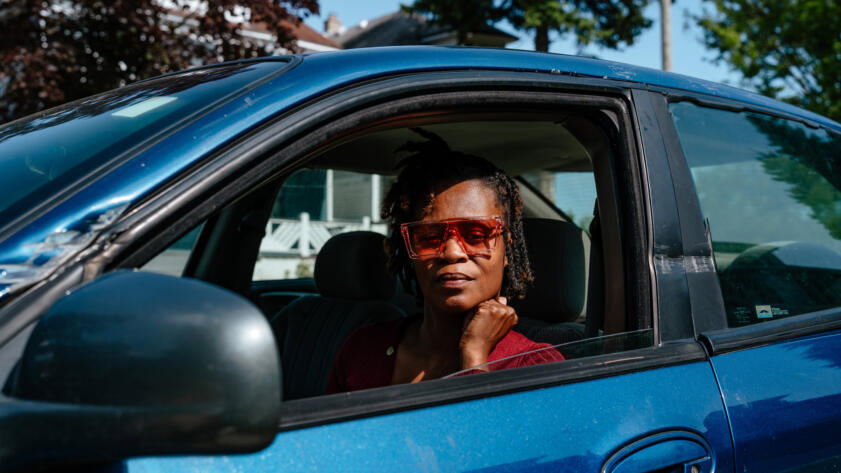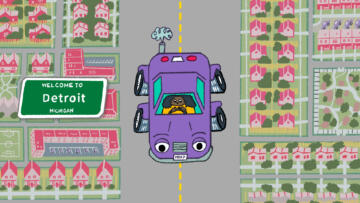Subscribe to Hello World
Hello World is a weekly newsletter—delivered every Saturday morning—that goes deep into our original reporting and the questions we put to big thinkers in the field. Browse the archive here.
Hello world,
On Thursday, The Markup and Outlier Media published an investigation into car insurance pricing in Michigan following a widely touted 2019 reform that banned the use of zip codes in setting premiums, among other prohibitions. The point was to ban discriminatory insurance prices based on where people lived, a form of redlining.
People in Detroit have long known that they’re paying a lot more for car insurance than the rest of Michigan. I was shocked to find out exactly how much that was. In the Bay Area, my car insurance is around $80 a month, but Detroiters with good driving records were paying hundreds—$300 or $400 a month was the norm.
It turns out that although the law banned using zip codes, it didn’t restrict using other forms of location. Investigative reporter Aaron Sankin and journalism engineer Mohamed Al Elew reviewed and analyzed company documents and found that insurers created their own custom maps or used census geographies to set higher rates in Black neighborhoods.
This is riotously ironic from a data journalism perspective, because if you really want to discriminate by location, then something like census tracts is a more accurate way to do so than zip codes, which are a product of the postal system that doesn’t precisely line up with available race or income data the way that tracts do.
The insurers we investigated said that location was a significant factor in setting premiums because densely populated areas have higher congestion and pedestrians, leading to more crashes and claims. Yet our analysis found that even in the most densely populated areas of Michigan, a driver would probably get a much higher premium if they lived in a Black neighborhood rather than a White one. So something’s not adding up.

Premium Penalty
Why Stopping Algorithmic Inequality Requires Taking Race Into Account
Let us explain. With cats
That said, I understand the insurers’ logic: You could be a great driver, but you’re more likely to get hit by a bad one if you live in a crowded area. If companies completely removed location as a factor, they might not be able to balance the loss from claims to stay in business.
But there are a number of reasons why we historically find more Black people in cities, including White flight. If inequities are built into our social systems, those same inequities will appear in our technical systems.
So is there a solution to this? Apparently, yes. Aaron and statistical journalist Natasha Uzcátegui-Liggett co-reported an absolute banger of an explainer (really!) on a “discrimination-free method” of insurance pricing that takes race into account. In short, instead of ignoring race, a statistical model could, for each policyholder, average their predicted price across protected characteristics like race. (If anything, check out the story for pictures of Natasha’s very cute cats 😻)
But to do so, we’d have to trust companies to collect and use racial data responsibly and, perhaps, risk some portion of their bottom line in exchange for a more equitable world for all drivers. And that’s not easy to do when we haven’t seen a lot of evidence that they will.
Thanks for reading,
Soo Oh
Deputy Managing Editor
The Markup / CalMatters




